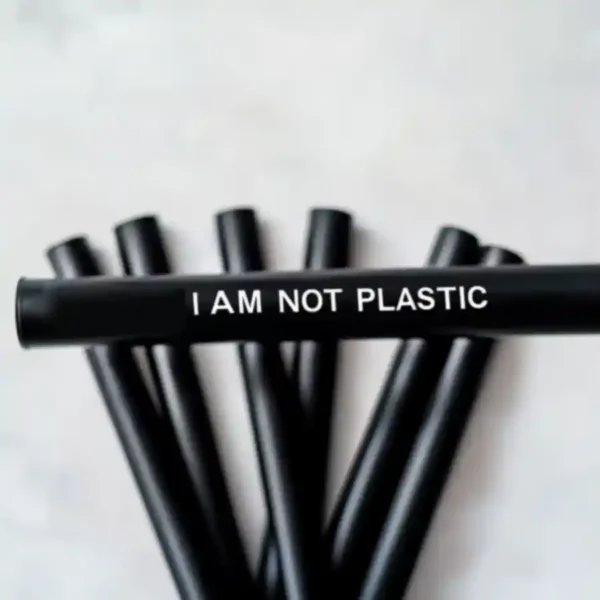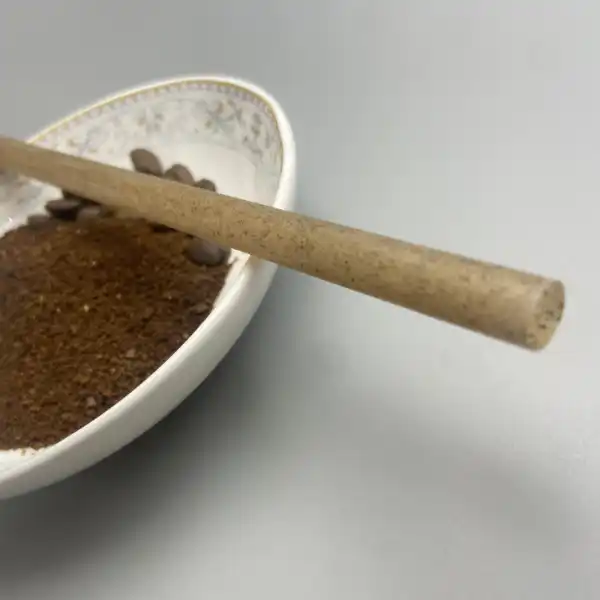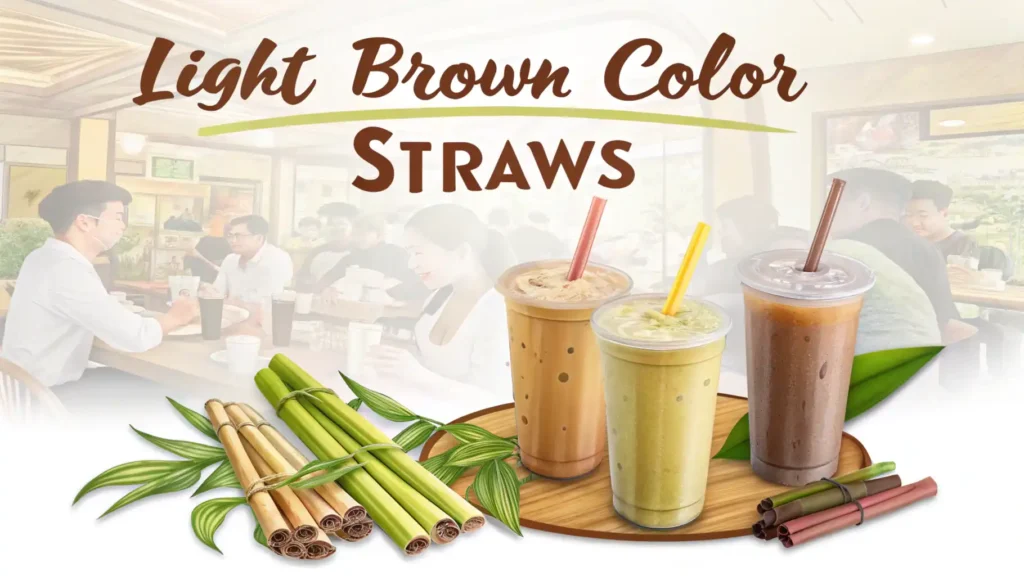
Discover More About Our Sustainable Straw Solutions
The humble drinking straw is sparking an unexpected revolution in the eco-friendly products industry. As restaurants and hotels scramble to eliminate plastic, sugarcane straws have quietly emerged as a frontrunner – not just for their environmental impact, but for reasons that might surprise you.
The Science Behind the Straw
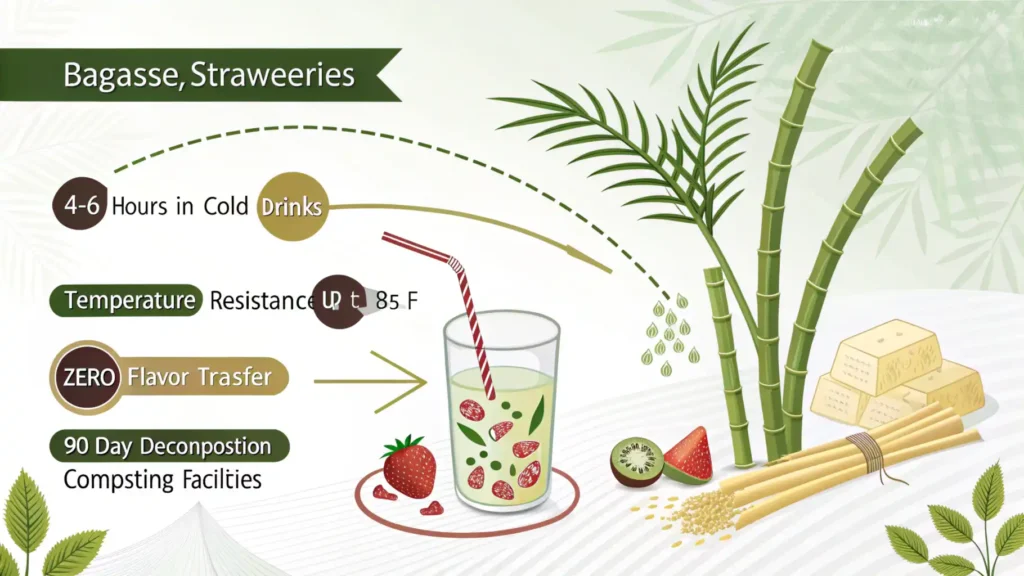
Sugarcane straws are born from bagasse – the dry, fibrous material left after extracting juice from sugarcane. This agricultural byproduct, typically burned as waste, now finds new life in your drink.
What makes them remarkable:
- They maintain structural integrity for 4-6 hours in cold drinks
- They withstand temperatures up to 185°F without warping
- Unlike paper straws, they don’t affect beverage taste
- They decompose in 90 days in commercial composting facilities
Real Stories from the Field
“We switched to sugarcane straws last year, expecting customer pushback. Instead, our drink sales went up,” says Maria Chen, owner of Coastal Café in Portland. “People actually comment on them – when’s the last time anyone talked about straws?”
The Four Seasons Hotel chain eliminated 2.3 million plastic straws by making the switch. Their beverage director notes: “The real test was our frozen cocktails. Paper straws would disintegrate, but these hold up beautifully.”
The Numbers That Matter
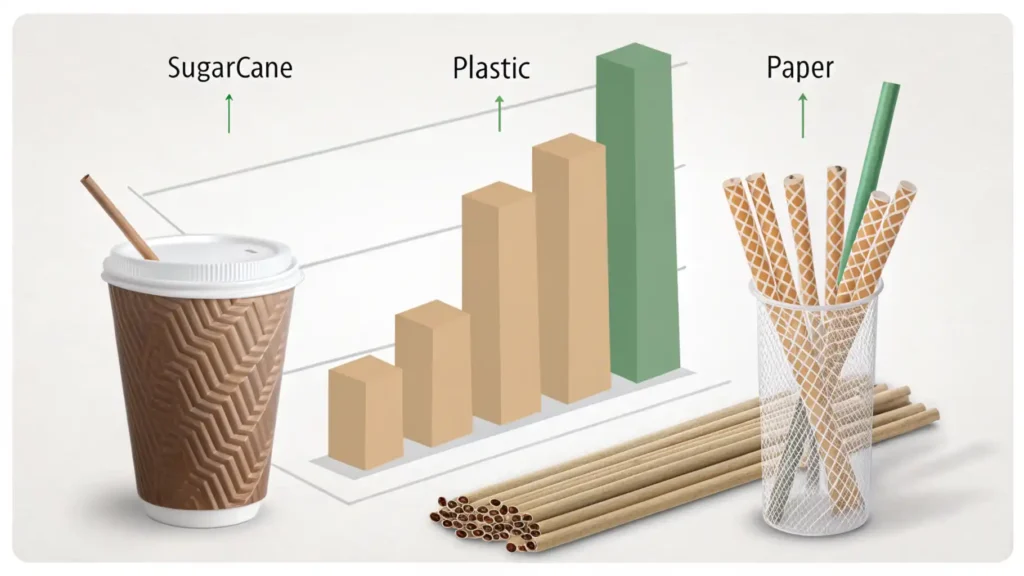
Breaking down the actual costs:
- A case of 1,000 sugarcane straws: $15-18
- Traditional plastic: $8-12
- Paper alternatives: $20-25
The premium over plastic is real, adding roughly 0.7 cents per drink. However, restaurants report making this back through:
- Reduced waste fees (less volume, better composting rates)
- Increased beverage orders (especially in eco-conscious markets)
- Higher customer satisfaction scores
Looking Forward
The sugarcane straw market is growing rapidly, with new manufacturers entering the space. This competition is driving both innovation and price reductions. Early adopters are already seeing the benefits, while late movers may face higher costs as regulations against single-use plastics tighten.
Making the Switch
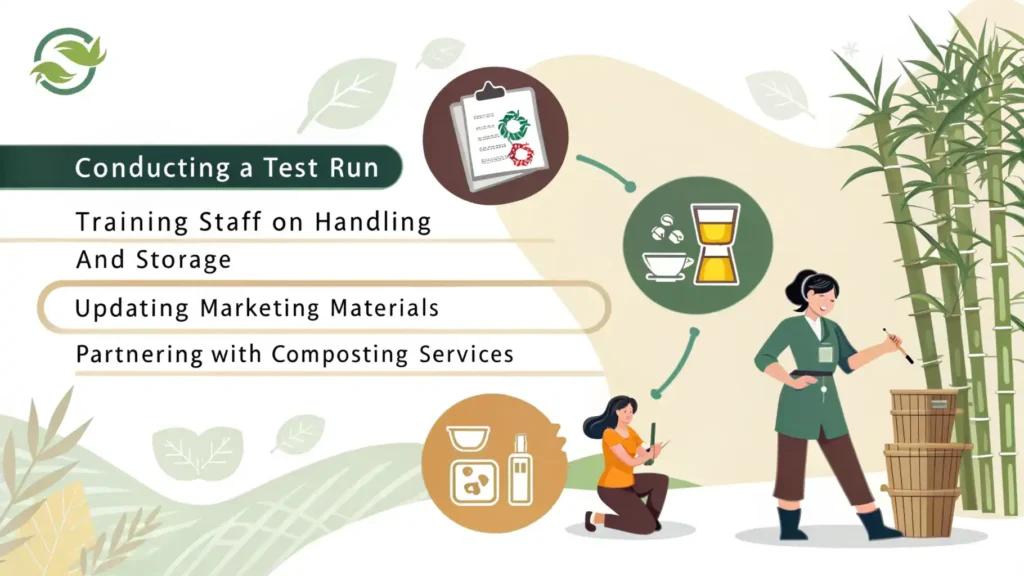
For businesses considering the change:
- Start with a small test run in one location or section
- Train staff on the key differences (storage, handling, customer education)
- Consider highlighting the change in your marketing – customers care more than you might think
- Partner with composting services that accept agricultural products
The future of straws might not seem like a revolutionary topic. But in an industry where margins matter and customer experience is everything, these small changes add up to significant impact.
अक्सर पूछे जाने वाले प्रश्नों
- What are sugarcane straws?
- Sugarcane straws are eco-friendly alternatives to plastic straws, made from the byproduct of sugarcane juice extraction.
- How long do sugarcane straws last in drinks?
- Sugarcane straws can last for 4-6 hours in cold drinks without losing their structural integrity.
- How much do sugarcane straws cost?
- A case of 1,000 sugarcane straws typically costs between $15-18.
- Are sugarcane straws compostable?
- Yes, sugarcane straws decompose in 90 days in commercial composting facilities.







